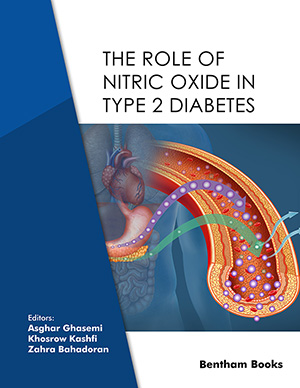
Abstract
Cerebrovascular amyloidosis occurs increasingly in older age. The amyloid β (Aβ) protein type of cerebral amyloid angiopathy (CAA) is the most common form of this microangiopathy, evident in virtually all cases of Alzheimers disease (AD). CAA may range from focal deposits to widespread infiltration of amyloid in walls of perforating and meningeal arteries, capillaries and diffuse perivascular plaques. Prior to their degeneration vascular smooth muscle cells may be sensitised and stimulated by the aggregated amyloid peptide itself and cytokines. Two patterns of CAA namely arteriolar and capillary types have recently been recognized. CAA also occurs in other dementing conditions including Downs syndrome and dementia with Lewy bodies. It is the principal feature of the hereditary amyloid angiopathies such as hereditary cerberal haemorrhage with amyloidosis of the Dutch type and familial British dementia. Varying degrees of CAA have been recorded in early onset familial AD. Mutations in the amyloid precursor protein (APP) gene that lie in codons within the Aβ domain may result in a phenotype characterised by severe CAA, cerebral infarction and white matter disease. The apolipoprotein E ε4 allele is a strong factor in the development of Aβ CAA, which may progress to lobar or intracerebral hemorrhages. At least two different transgenic mice models over-expressing human APP implicate neuronal origin of the Aβ within vascular deposits. CAA may largely develop due to lack of clearance by reduced proteolytic degradation and progressive blockage of the interstitial drainage pathways via the brain vascular routes superimposed by age-related arteriosclerotic changes. Current observations from both sporadic and familial cases suggest CAA to be an independent factor for cognitive impairment and dementia.
Keywords: Amyloidosis, arteriosclerotic, apolipoprotein, phenotype
 1
1









